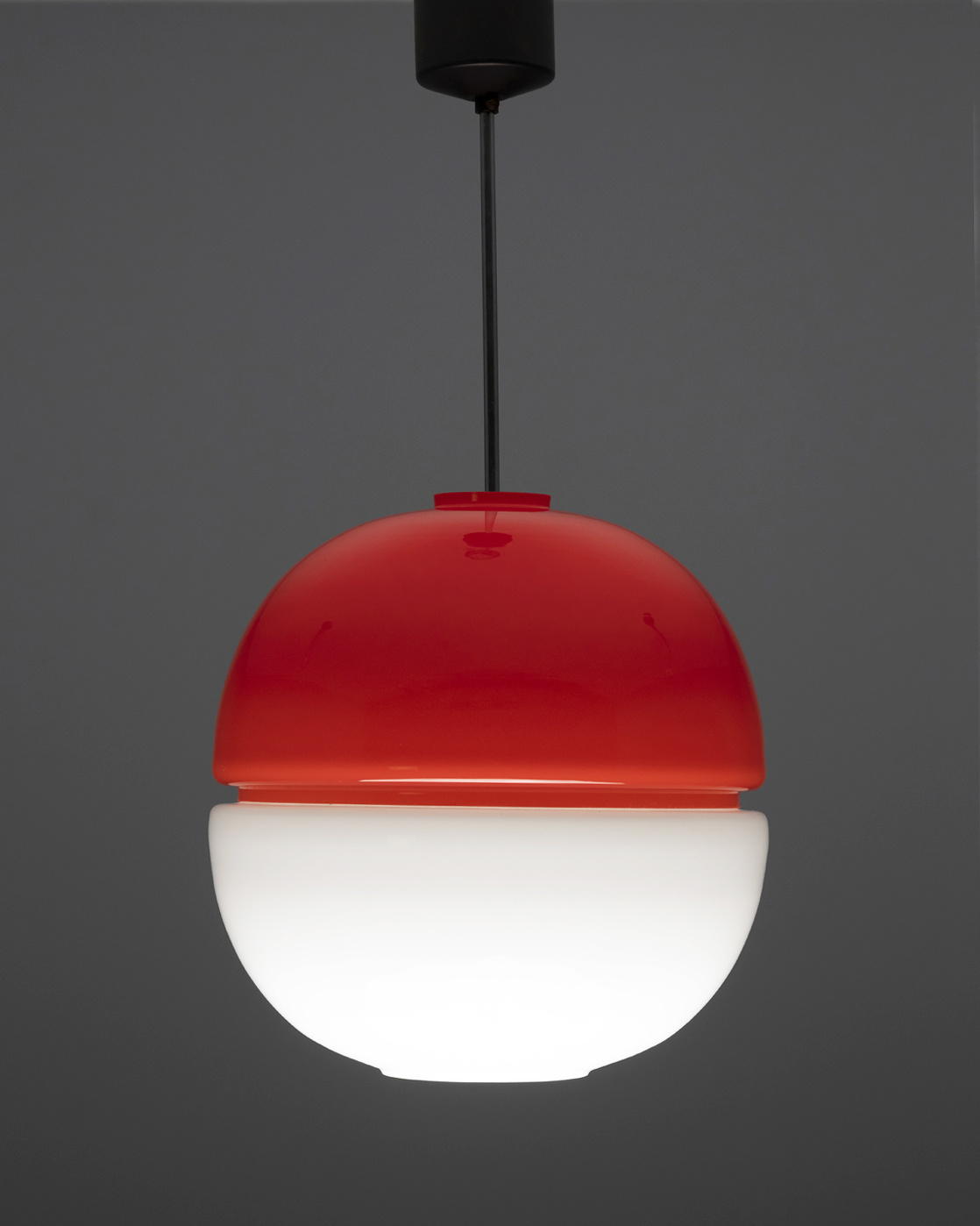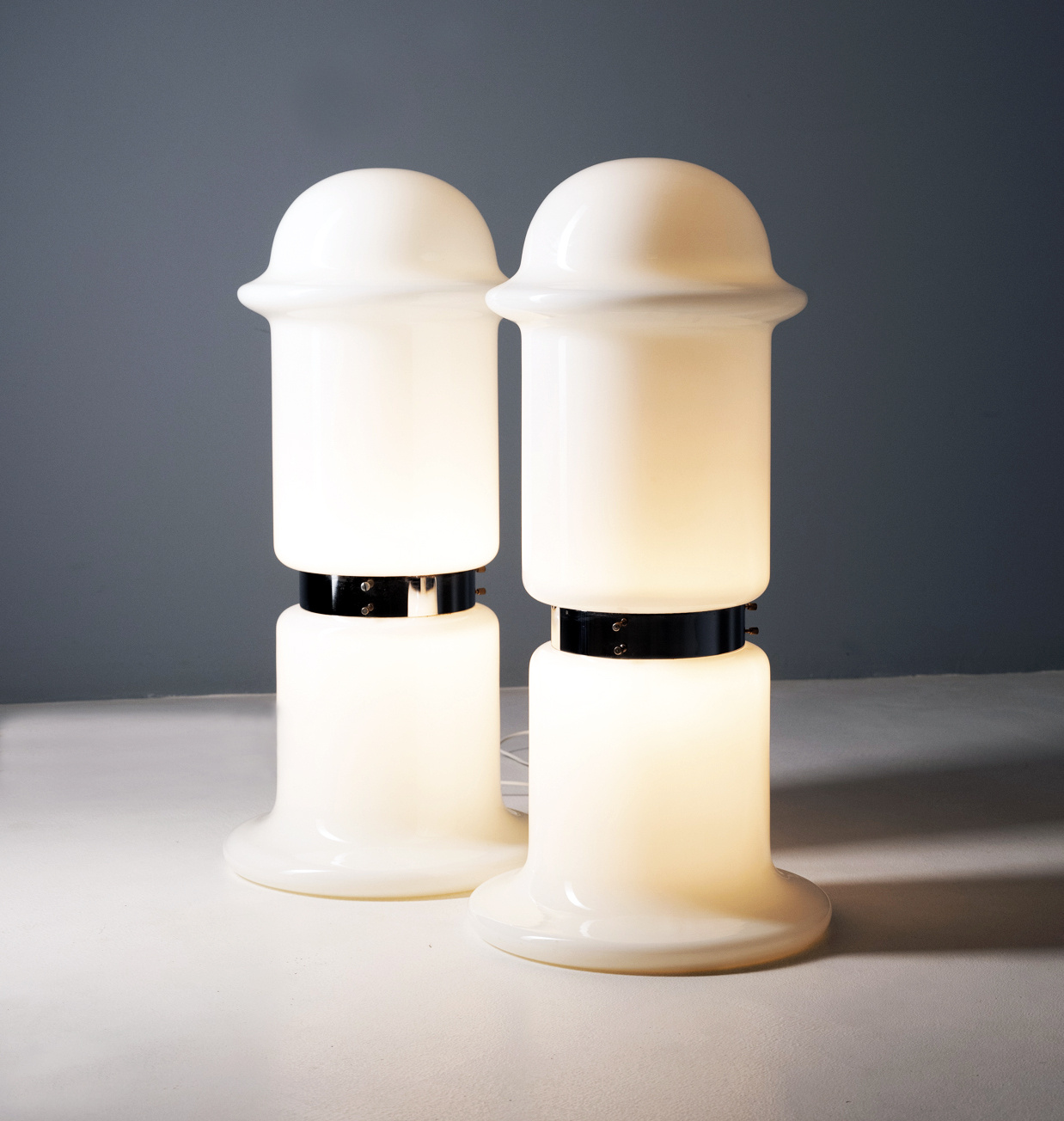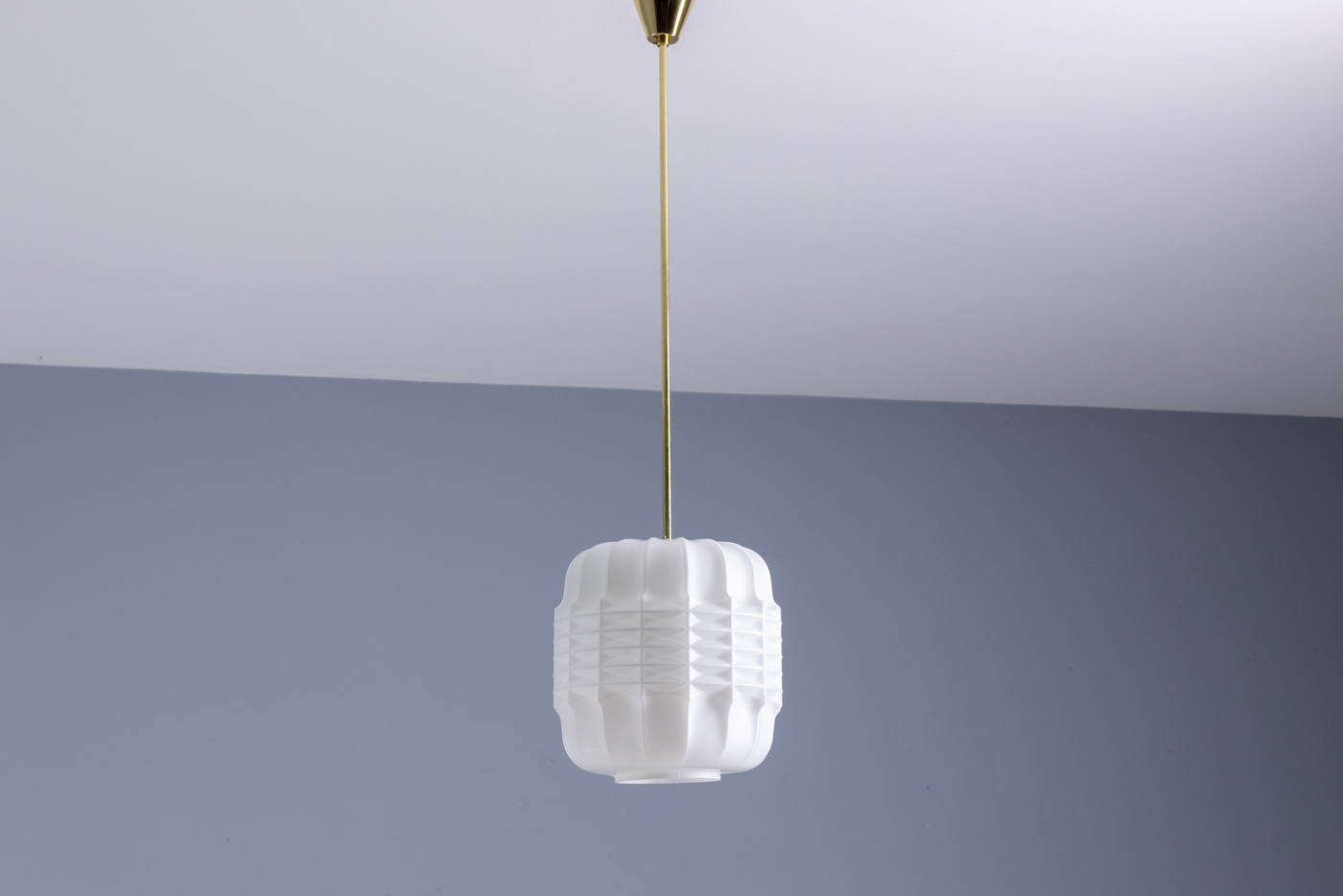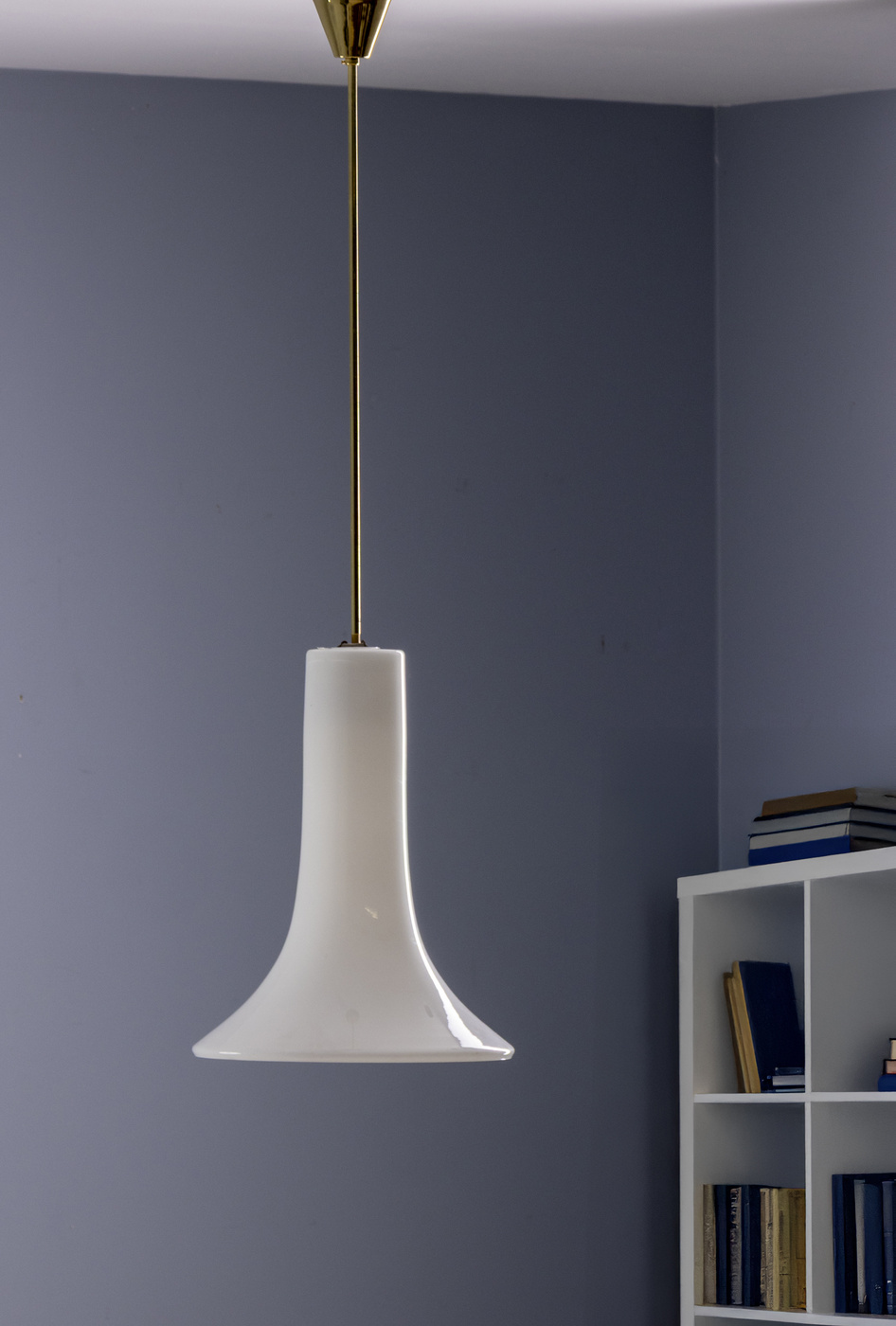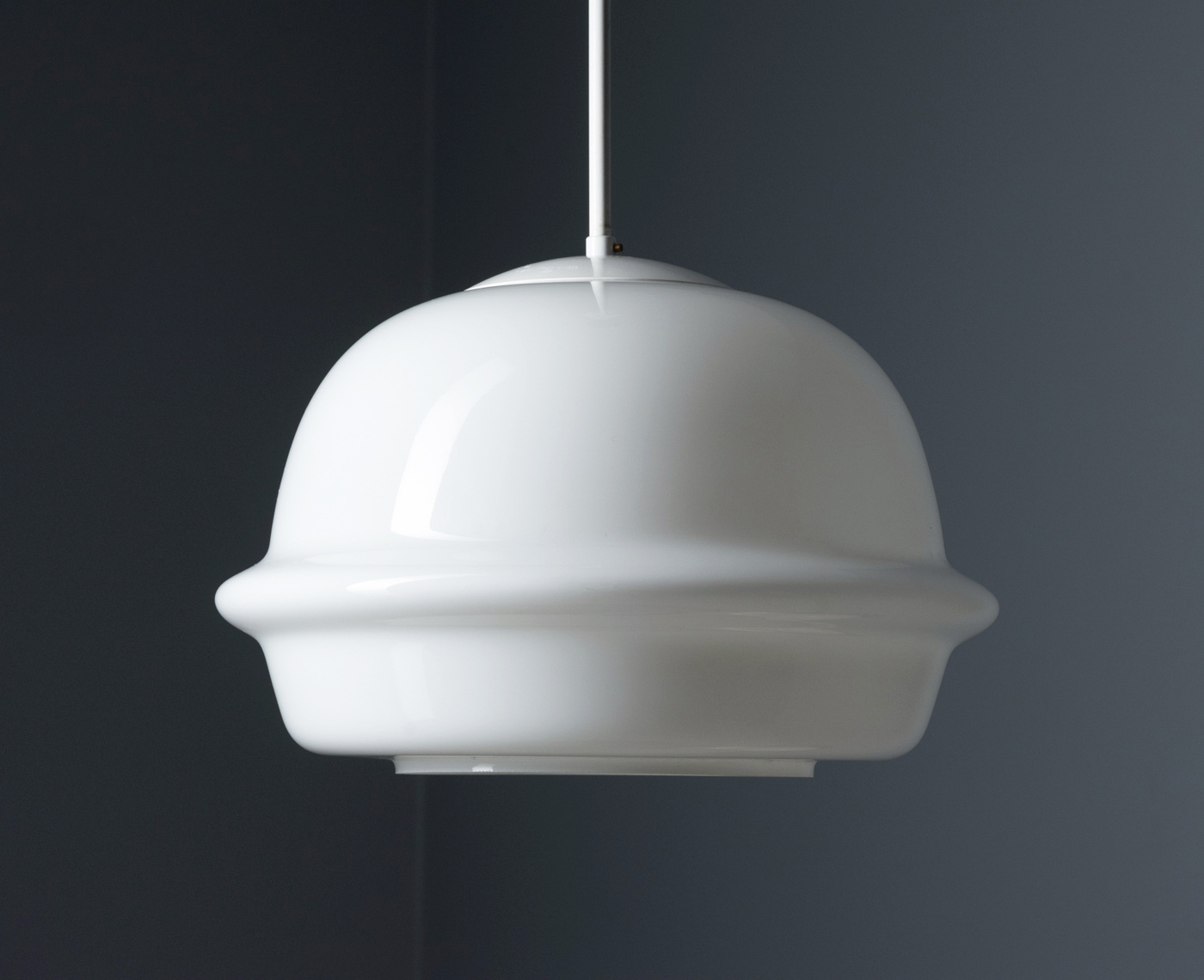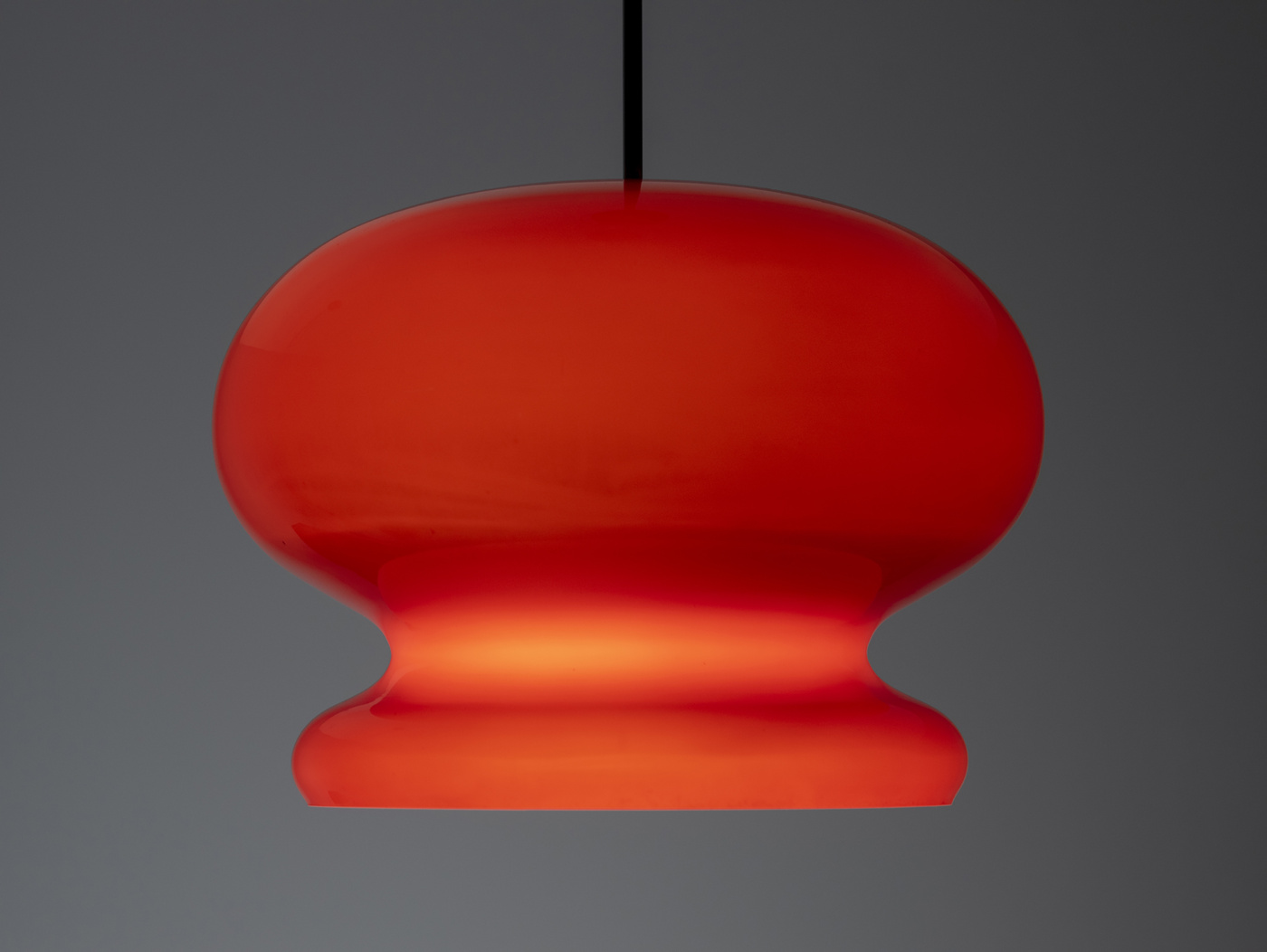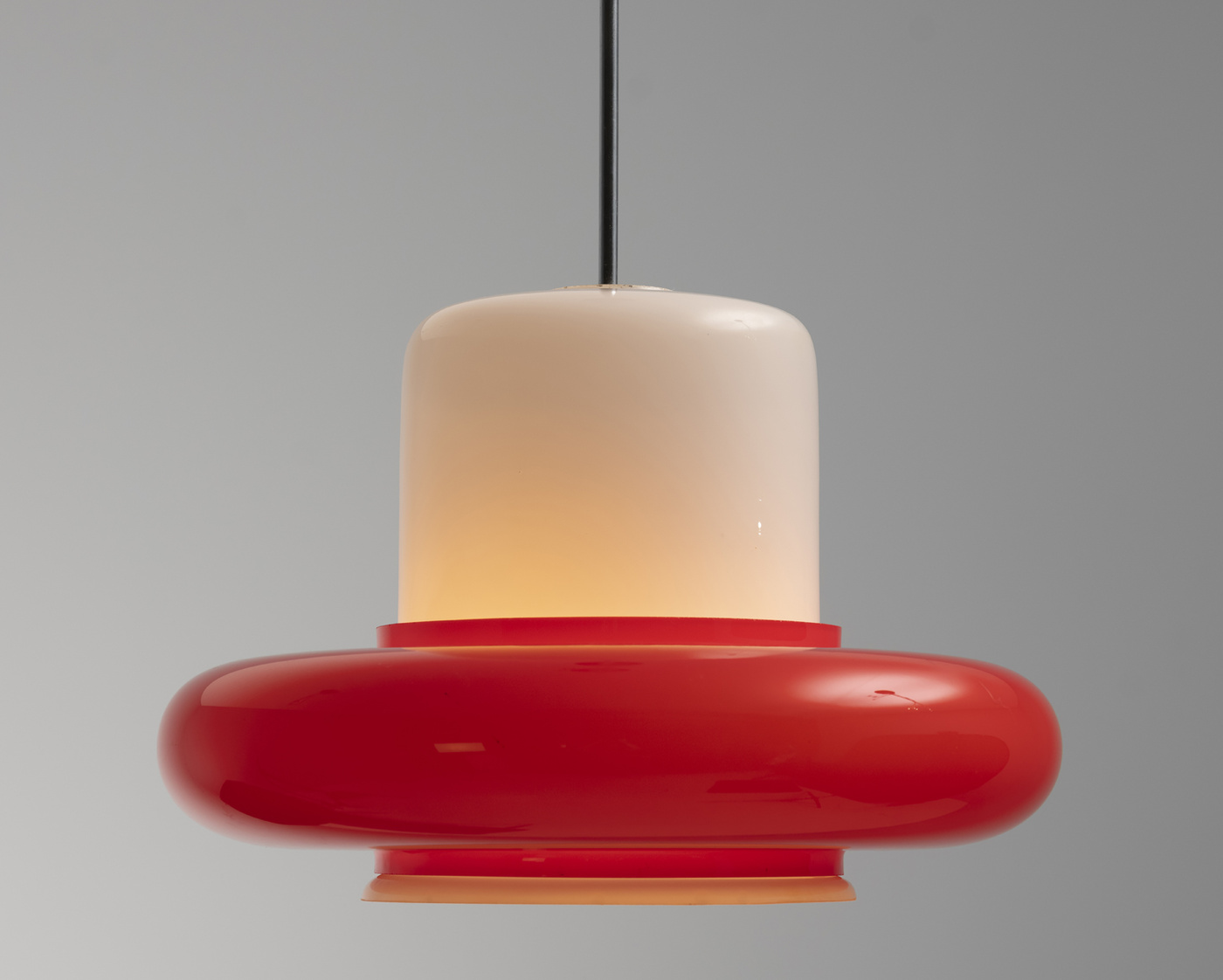Osvětlovací sklo n.p.

Company History
Osvětlovací sklo n.p. (Lighting Glass National Enterprise) was a Czechoslovak state-owned company founded in the 1950s during the post-war nationalization of the glass industry. Unlike chandelier makers, this company focused on modern lighting fixtures for functional, architectural, and public use.
Main operations were located in:
-
Valašské Meziříčí
-
Jablonec nad Nisou
-
Prague (Záběhlice design studio)
-
Kamenický Šenov region
Historical Roots
Osvětlovací sklo continued the traditions of several pre-war lighting and glassware companies, including:
-
Inwald & Sons – known for pressed glass
-
Schreiber & Neffen – decorative and functional lighting in Jablonec
-
Reich & Co. – suppliers of metal and glass components
After nationalization, these firms were merged into a modern state enterprise with in-house designers and workshops.
Designers & Collaborations
Key artists and collaborators included:
-
Karel Volf – creator of floor and pendant lamps in triplex opal glass, widely used in hotels and public interiors
-
Štěpán Tabery – industrial designer known for minimalist lighting made from pressed and opal glass, often used in schools, offices, and public buildings. His work reflects the brutalist and functionalist aesthetic of the 1960s–70s
-
Vladimír Plesl, Zbyněk Hřivnáč, Jindřich Halabala – designers of standardized lighting for institutional use
-
Collaborations with ÚBOK (Institute of Housing and Clothing Culture) and Czech design academies
-
Skilled glassmakers and engineers, experienced in blown, pulled, and cast glass for lighting
Export & Use
Lighting by Osvětlovací sklo was widely installed in Czechoslovak hotels, schools, theaters, airports, hospitals, and offices. It was exported to:
-
Eastern Bloc countries (USSR, GDR, Yugoslavia, Cuba)
-
Select Western markets via state export firms like Skloexport
Legacy
After 1989, the enterprise was dissolved into smaller private companies. Today, its legacy lives on in vintage design collections, museums, and a growing interest in retro triplex glass lamps from Czechoslovakia.


